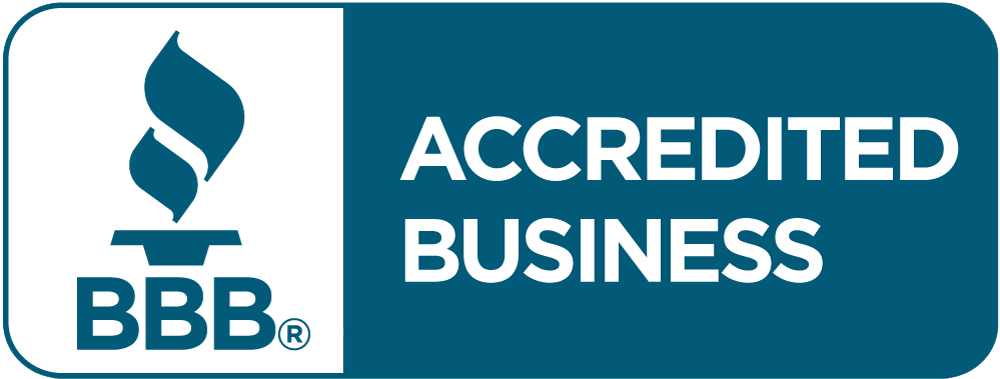5 Safety Precautions to Take Once You Move
Moving into a new home is an exciting milestone, but ensuring safety is key to starting off right. At CT Moving & Storage, we care about your well-being beyond moving day. Here are five essential safety precautions to consider as you settle into your new place.
1. Change the Locks Immediately
Before anything else, changing the locks on all exterior doors is a must. You never know who might have a copy of the keys from the previous residents—whether it’s friends, family, or contractors. Installing new locks or rekeying existing ones gives you peace of mind that only you and your household have access to your home.
Pro Tip: Consider adding deadbolts for added security, or opt for smart locks that allow you to control entry through your phone.
2. Check and Update Smoke and Carbon Monoxide Detectors
Your new home should come equipped with smoke and carbon monoxide detectors, but don’t assume they’re fully functional or up to code. Inspect each unit to ensure it’s operational and replace batteries as needed. If they’re more than ten years old, replace them entirely.
Quick Tip: Consider smart detectors that can alert you through your phone, even when you’re not home.
3. Set Up a First Aid and Emergency Kit
Accidents can happen during or after a move, from a minor cut to a slip. Having a fully stocked first aid kit on hand is essential. Your emergency kit should include basic first aid items like bandages, antiseptics, and pain relievers, as well as flashlights, batteries, and a multi-tool in case of power outages.
Must-Have Items:
- Band-aids and sterile gauze
- Antibacterial ointment
- Flashlight and extra batteries
- Emergency contact numbers and a phone charger
4. Inspect for Safety Hazards
Thoroughly check your home for safety hazards such as loose railings, uneven flooring, or exposed wires. If you have young children or pets, make sure to baby-proof areas by installing safety gates, securing furniture that could tip, and using outlet covers.
Extra Step: Take note of any areas that could become slippery when wet, like tiled entryways, and invest in non-slip mats or rugs.
5. Locate and Label Your Circuit Breaker and Main Water Valve
In an emergency, knowing where your circuit breaker and main water valve are located can save precious time. Label the circuit breaker so you know which switch controls what, and make sure everyone in your household knows where to shut off the water in case of a leak or burst pipe.
Quick Reminder: If you’re unsure how to label the circuit breaker, try testing each switch with a partner or hiring a professional to map it out.
Safe & Stress-Free With CT Moving and Storage
Prioritizing these safety measures helps protect you, your loved ones, and your home. A secure start makes settling into your new space all the more comfortable. CT Moving and Storage is here to make your transition safe and stress-free—from moving day to your first night.








